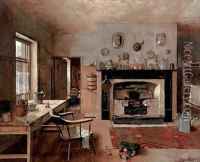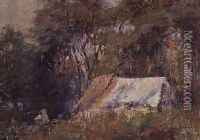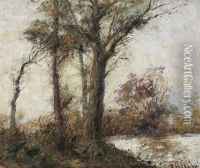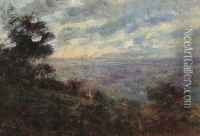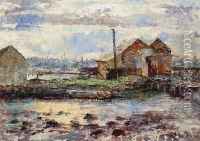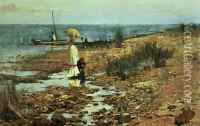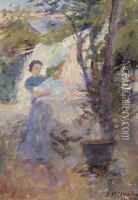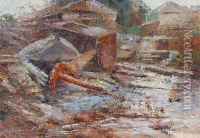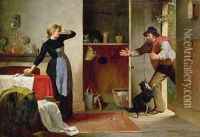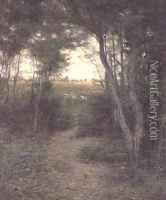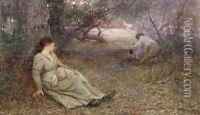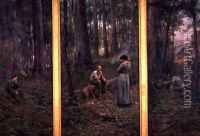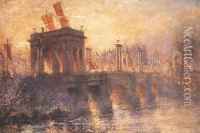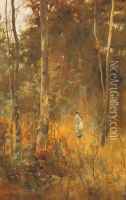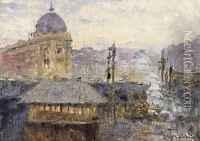Frederick McCubbin Paintings
Frederick McCubbin was an Australian painter and prominent figure in the Heidelberg School, a movement known for its distinct interpretation of the Australian landscape and light. Born on February 25, 1855, in Melbourne, Australia, McCubbin was the third of eight children. His parents, Alexander McCubbin and Anne McQuade, were Scottish and Irish immigrants, respectively. McCubbin’s father ran a bakery, which gave the family a modest but stable livelihood.
McCubbin’s artistic talent became apparent at an early age, and he pursued his passion for art by enrolling in drawing classes at the National Gallery of Victoria's School of Design in 1866, at the young age of 11. He continued his education there for the next ten years, studying under Thomas Clark and, later, George Folingsby, who introduced him to the techniques of academic painting.
In the 1880s, McCubbin began to establish himself as a painter of Australian subjects, often focusing on the bush and the lives of settlers and pioneers. He became an instructor at the National Gallery School in 1886, a position he held for over 20 years, influencing a generation of Australian artists. During this period, he also became associated with other artists who were part of the Heidelberg School, such as Tom Roberts, Arthur Streeton, and Charles Conder. Together, they organized exhibitions and painted en plein air (outdoors), capturing the unique Australian landscape.
McCubbin's work is characterized by a rich palette, broad brushstrokes, and an empathetic portrayal of the Australian landscape and its inhabitants. One of his most famous works, 'The Pioneer' (1904), captures the story of Australian settlement in a triptych format, showing the progression from the struggles of early settlers to the establishment of a family and the growth of a nation.
While McCubbin's art was celebrated in Australia, he never achieved the same level of international fame as some of his contemporaries. Nevertheless, his work played a crucial role in the development of an authentic Australian art style, and he remains a key figure in the history of Australian art.
Towards the end of his life, McCubbin's work showed a shift towards a more impressionistic style, with an even greater emphasis on the effects of light and color. He continued to paint up until his death on December 20, 1917, leaving behind a significant body of work that continues to be celebrated and studied for its contribution to Australian culture and art history.
